The Power of Social Media
During the early days of Think Inclusive, we posted a photo that demonstrated the differences between inclusion, exclusion, segregation, and integration. The post went viral.
Various Interpretations
It is still unclear who originally created the image. Although it garnered a lot of attention, its meaning was open to interpretation, leading to various reactions from different people. Some people perceived the images of inclusion and integration as being regressive, while others interpreted the different colors as representing various races. Additionally, some individuals modified and edited the photo to suit their own perspectives, with some being humorous and others more serious. Here are some examples of these interpretations.
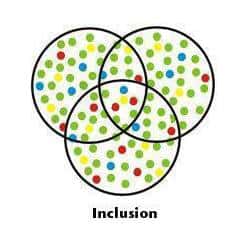
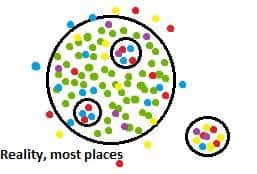
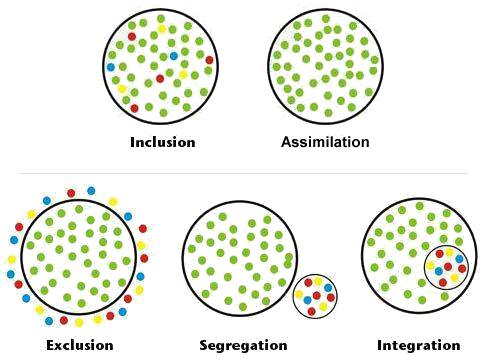
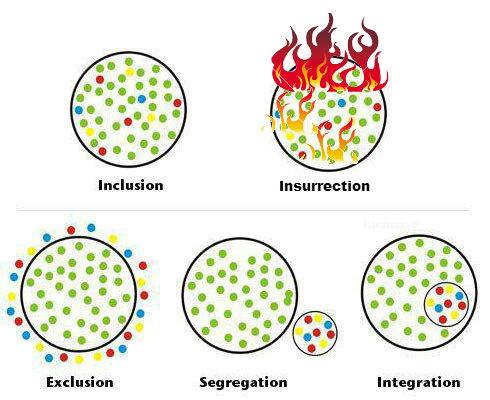
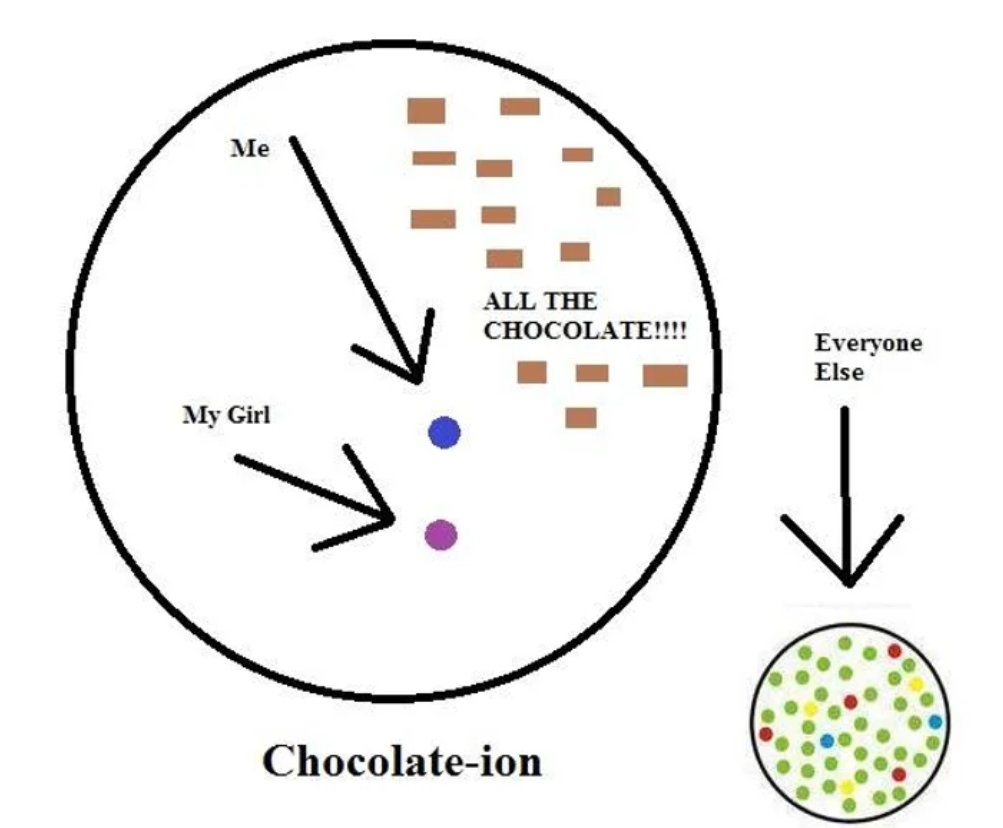
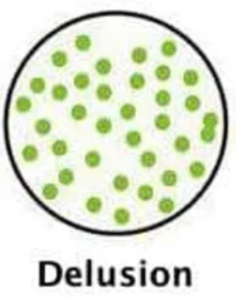
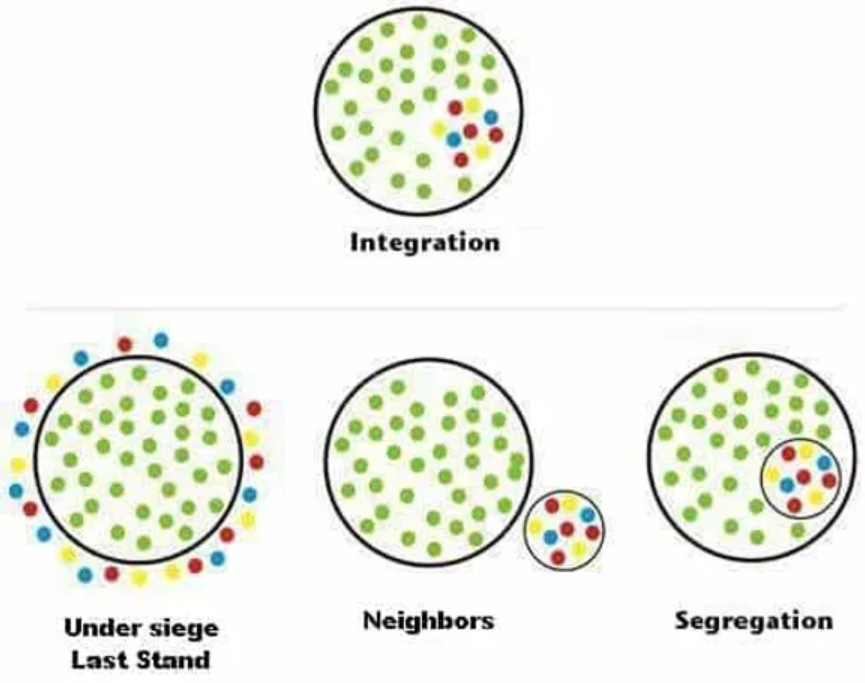
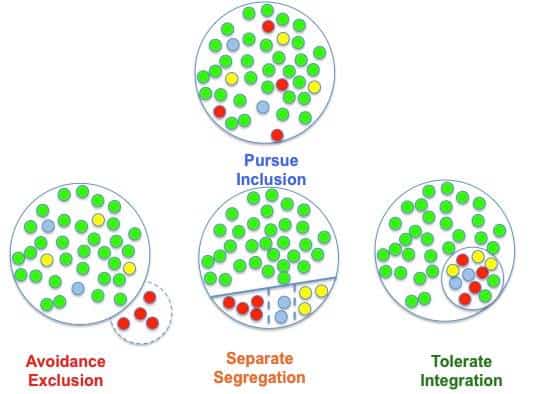
Guidance from the United Nations
So, what are the correct definitions of these images? Fortunately, we came across an astonishing visual from a document called A Summary of the Evidence on Inclusive Education created by Abt Associates. They envisioned the original image in a much clearer way and included definitions from the United Nations Committee on the Rights of Persons with Disabilities – General Comment No. 4. We have added the image here and encourage you to read both documents referenced above.
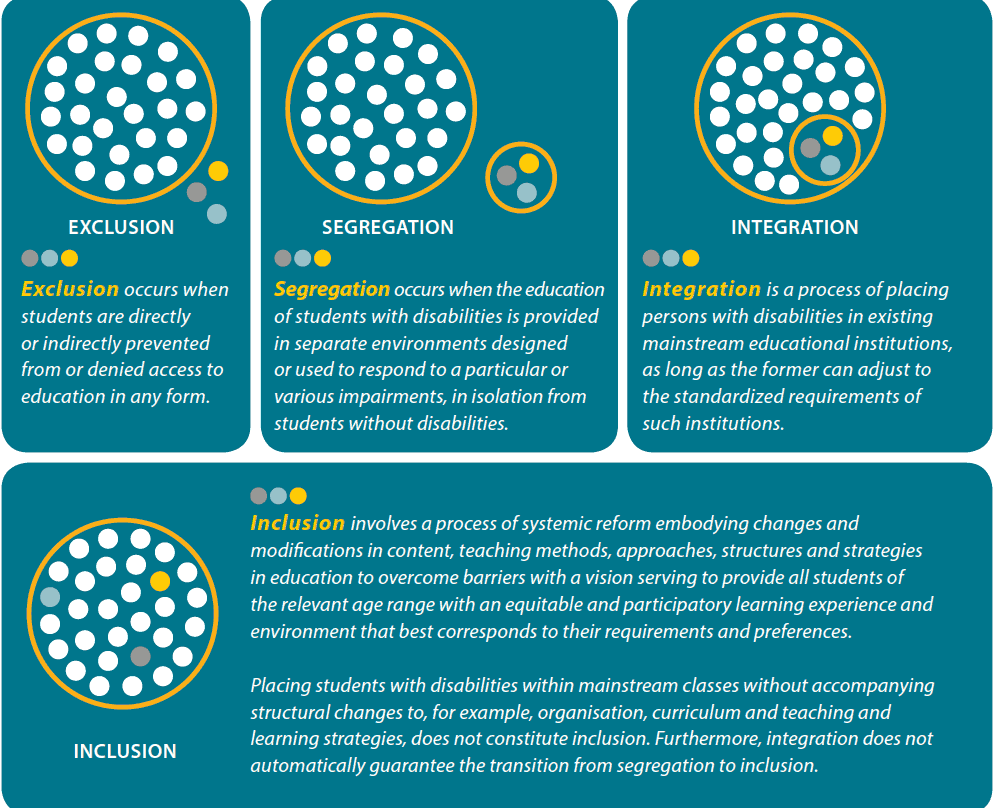
The Committee highlights the importance of recognising the differences between exclusion, segregation, integration and inclusion. Exclusion occurs when students are directly or indirectly prevented from or denied access to education in any form. Segregation occurs when the education of students with disabilities is provided in separate environments designed or used to respond to a particular or various impairments, in isolation from students without disabilities. Integration is a process of placing persons with disabilities in existing mainstream educational institutions, as long as the former can adjust to the standardized requirements of such institutions. Inclusion involves a process of systemic reform embodying changes and modifications in content, teaching methods, approaches, structures and strategies in education to overcome barriers with a vision serving to provide all students of the relevant age range with an equitable and participatory learning experience and environment that best corresponds to their requirements and preferences. Placing students with disabilities within mainstream classes without accompanying structural changes to, for example, organisation, curriculum and teaching and learning strategies, does not constitute inclusion. Furthermore, integration does not automatically guarantee the transition from segregation to inclusion.
A Summary of the Evidence on Inclusive Education
According to the UN’s definitions, most school districts in the United States are practicing integration rather than the “systematic reform” and “structural changes” that inclusion encompasses. It is no wonder that people are confused when talking about the differences between inclusion and integration.
What do you think? Do you have different interpretations of inclusion, exclusion, segregation, and integration?
Tim Villegas is the Director of Communications for the Maryland Coalition for Inclusive Education. He is also the founder of Think Inclusive, which is the blog, podcast, and social media handle of MCIE. He has 16 years of experience in public education as a teacher and district support specialist. His focus now is on how media and communications can promote inclusive education for all learners.
